Seek Alternate Route #1: Peter Keough
In which I interview myself to test out this whole blog format.
Welcome back! As I outlined in my introduction post, I plan to use Seek Alternate Route as a vehicle for exploring new ways to improve engagement with creative pursuits.
To do this, I plan to interview creative people from all walks of life. Whether their primary focus is in music, the visual arts, literature, film, photography, or beyond, I want to pick their brains about the things they love, why they love them, and how they sustain meaningful and enjoyable contact with them in their daily lives.
I figured the best (and easiest) way to kick things off would be to interview…myself! Does this allow me to selfishly test out my interview skills and blog format on a subject I know won’t mind the rough edges? Yeah, maybe. But bear with me – I think it’ll also add some helpful context as to who’ll be writing these blogs, and what kind of background I’m coming from.
Seek Alternate Route’s Conversation with Peter Keough
I met with Peter on a wintry afternoon in December. We sat in his home office, which – although he only moved into this apartment in August – was already overflowing with books, plants, and various other tchotchkes. He offered me the seat at his desk, while he reclined in an Ikea lounge chair he claims to have purchased “for a steal” on Facebook Marketplace.
Peter sported a pair of faded black jeans, a dark flannel shirt, and a well worn pair of white Vans sneakers – I was clearly wearing something very different, which I will not divulge at this time in order to maintain an air of mystique. During our conversation, he alternated between sipping from a sticker-clad reusable water bottle (that’s definitely seen better days) and a mug of hot coffee.
Our conversation ranged from the general desire to slow life down and be more intentional, to Peter’s experience as a collector of physical media, to his thoughts on balancing the digital and physical experiences of art. Below are some highlights from our chat, as well as Peter’s personal recommendations for improving your artistic experience. Enjoy!
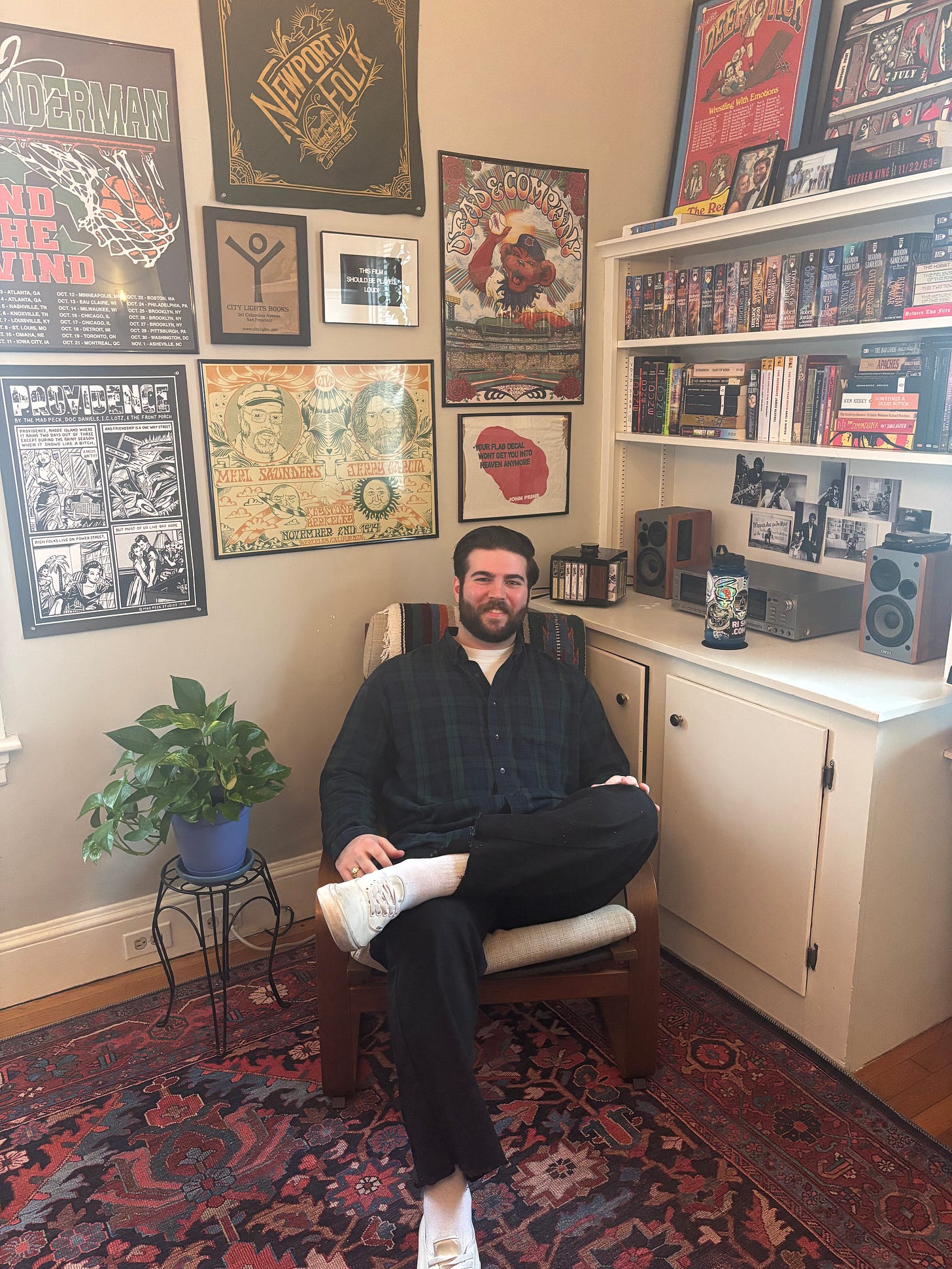
Seek Alternate Route: Thanks for having me over Peter, it’s great to see you!
Peter Keough: Thanks for coming by! I’m excited to be your first guest. You’ve been talking about getting this blog off the ground for a while now, so I’m psyched that we’re finally getting around to it.
SAR: It hasn’t been that long, has it?
PK: …
SAR: Anyways! I love what you’ve done with the place. Most of those posters and pictures were sitting in tubes in your closet for the past couple of years, what finally got you to put them up?
PK: Seems like we’re striking a theme here with delayed projects…you got me there. I knew that my last apartment situation was temporary to some degree, or at least time-bound. At a certain point it just didn’t feel worth putting more holes in the walls and potentially screwing up my security deposit.
SAR: Fair enough. Ok, you want to get started?
PK: Let’s do it!
On Immediacy vs. the Desire to Slow Things Down:
SAR: So as I’ve mentioned, the intention of this blog is to explore the ways we engage with the art we love. At a base level, how do you grade your day-to-day creative engagement?
PK: I’d say I’m somewhere in the upper end of the “needs improvement” range. So not great, but not awful.
SAR: Is there anything specific that’s getting in the way of improving your creativity?
PK: Yeah, I guess everything just feels so immediate these days. I don’t say that to sound like one of those “born in the wrong generation” people, because I’m incredibly reliant on the modern marvels of GPS, broadband internet, and social media. But when everything is at your fingertips, you lose out on some of the benefits that come from the tedium, the waiting for the thing instead of instantly having it.
SAR: Can you expand on that? I don’t disagree, but I’m curious if you’re doing anything to address this in your day-to-day. Are you making a conscious effort to be more intentional and less immediate?
PK: I don’t know, kind of? I’m trying to spend less time acting on impulse, and more time thinking things out before jumping on them. If you’d asked me earlier this year, I could’ve probably named a handful of ways in which I was taking the “longer” route to something – record collecting, occasional thrifting, that kind of stuff. But thinking about it now, there’s definitely some more mundane parts of my life where this mindset is taking hold too.
SAR: Like what exactly?
PK: If I need to remember something I have to write it down. Not in my notes app, not as a reminder – it needs to go on paper. Similarly, I operate almost entirely on a physical calendar on my fridge (to the dismay of many around me). I’ve also taken to brewing pour-over coffee instead of tapping the buttons on my Keurig, and I’ve been trying to cook recipes I’ve never tried instead of always going for the old reliables. These aren’t massive changes by any means, but they do help me to get out of my comfort zone and appreciate the journey instead of just the destination. It makes the small things noticeably less transient, which I’m appreciating.
On the Intentional Nature of Owning Physical Media:
SAR: It doesn’t take a detective to guess that you’re interested in physical media – books, records, etc. What drives you to collect the things you do?
PK: Having a tangible object helps make engaging with these things more real to me. Like I think there’s something unbeatable about being able to hold a book in your hands. The whole “textbook on an iPad” thing really ruined the eBook for me. I need the physical object in my hand – preferably a mass market paperback – in order to fully immerse myself in the story I’m reading. As a kid, I’d carry whatever I was reading around like an accessory. I vividly remember reading The Book Thief in the booth of my local 99 Restaurant while I waited for my pasta and garlic bread.
SAR: Is that something you’ve continued to do in your adult life? Sounds like it could make for some awkward group dinners.
PK: Haha no, it’s not that serious anymore. But it isn’t far off! Honestly, reading for pleasure took a huge dip when I was in high school. I rarely read anything outside of what was required for my classes, and filled my time with music, video games, hanging out with friends, and other standard teenager stuff. This continued into college, and it wasn’t until my senior year that this reading spark was renewed. Could’ve had something to do with quarantine and Covid, but a switch flipped and I started reading more than ever. My bookshelves started filling up, and I couldn’t stop flying through anything I picked up. Being able to browse, read descriptions, get hooked by a review or a friendly recommendation – all of these things make choosing, buying, and completing books something enjoyable and ultimately very satisfying.
SAR: But what about when you finish the book, what happens then?
PK: It’ll be waiting for you on the shelf! Whether you want to recommend it to a friend, you feel inspired to reread the story, or you simply want to return to a specific passage or chapter on a whim, you’ll know where to find it.
On If There’s a Choice Between Physical & Digital Media:
SAR: What about with music? You’ve got plenty of records and cassettes in here – how often are you playing them rather than streaming music on Spotify or YouTube?
PK: I’m trying my best to strike a balance between physical and digital listening these days. I won’t pretend that I’ve found this sweet spot, but I have come to recognize the distinct pros and cons of listening to each of these formats.
SAR: What would those be?
PK: Well, streaming is the ultimate convenience – you can listen to anything, anytime, anywhere, provided you have some sort of cell service and the right app. I remember how freeing Spotify felt when it first came out; I no longer had to pore over the 10-second snippets of songs on iTunes to know if they were worth my $1.29 or $0.99, and I could pull up virtually anything I wanted to listen to in seconds. But things have sort of come full circle, and I’m starting to notice how this limitlessness is just as much of a curse as it is a blessing.
SAR: You took the words right out of my mouth (literally, get it?). Care to elaborate on that?
PK: Yeah, when you have access to everything the listening experience can easily become ephemeral – you click from one album to another, swap between playlists, skip or repeat a song in an instant. Again, this is incredibly convenient and often useful. But I do think it damages our ability to listen deeply to things.
SAR: What do you mean by “listen deeply?”
PK: It’s when you let yourself get fully immersed in the music, focusing on how the instruments, lyrics, and track sequencing make you feel instead of just playing songs as a kind of background noise to whatever it is you’re doing. There’s certainly a time and place for music to play that background role, I won’t disagree with that. But when I really want to engage with an album, I find it far better to play the whole thing front to back with minimal distractions.
SAR: How do you create this more intentional listening experience for yourself? Do you throw your phone across the room or something?
PK: This is where the physical formats usually come in for me. When you pick a record or cassette off the shelf and put it on the turntable or in the cassette deck, you commit to listening to at least half of it. The process of thumbing through my options, picking up whatever I think most fits my mood, and pressing play automatically makes me pay more attention than I do clicking into the Spotify app. These listening experiences feel naturally deeper and more focused than with streaming.
SAR: Do you think this makes physical music formats better? Like are you one of those audiophile purists?
PK: Haha oh no, I try not to be one of those guys. I’m not super focused on the fidelity of the music or how natural or compressed the audio sounds. It’s less about the quality of the recording and more about the quality of the listening experience. I don’t think one option is naturally better than the other, it’s just that they each offer a unique listening experience – the same way that a studio album and a live show would. You don’t need to choose to do one or the other or plant your flag in a certain camp, you can just leave yourself open to either option and see what works best for you!
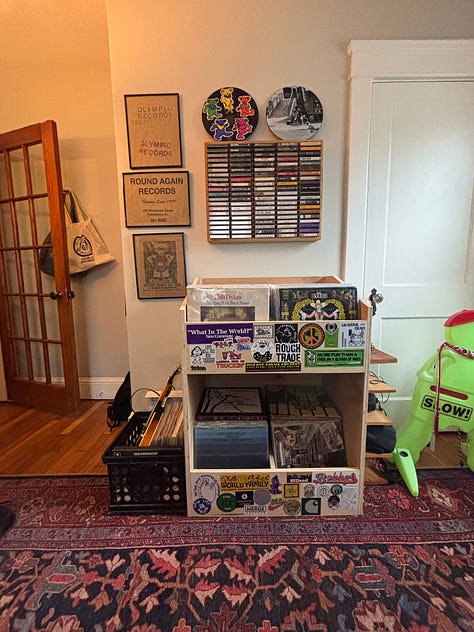
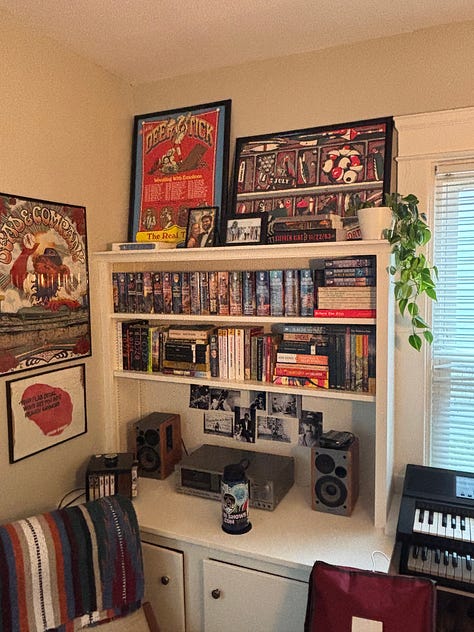
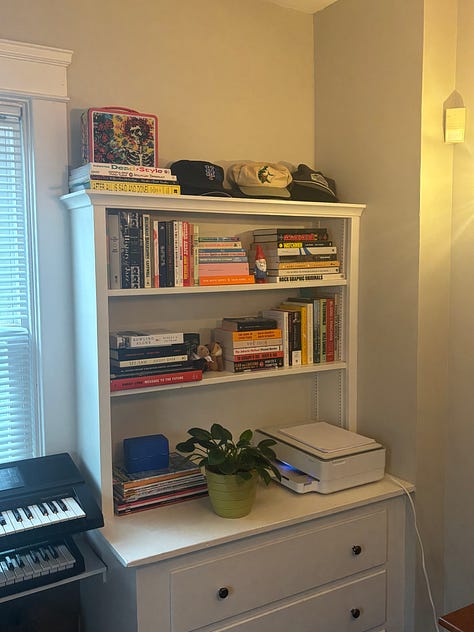
On How Collecting Influences Musical Discovery:
SAR: Can you walk me through your history of collecting physical copies of music? Start as far back as you think is relevant.
PK: The first music I remember listening to was on CD and cassette tape – my parents had a portable gray boombox and a larger stereo system that you could play these things on. I had a cassette of the Rocky soundtrack and a Queen’s Greatest Hits CD that I would spin regularly in my room – I was years out from my first mp3 player, iPod, or record, so these and the radio were my only options. There was a giant drawer of all of my parents’ CDs, and I would pick random stuff out from there. I remember liking Green Day’s Dookie based off of the cover art alone, and getting really into AC/DC’s Back in Black because the cover had an embossed logo with raised lettering that you could run your fingers over.
SAR: So when did vinyl records come into play for you?
PK: That came about back in 2013-14. I got one of those wooden “all-in-one” CD/LP/mp3/radio players for Christmas, and immediately went down to the basement to dig through my parents’ old albums.
SAR: What were the first records you picked out?
PK: I remember an Aerosmith Greatest Hits album in a red sleeve, Black Sabbath’s Paranoid, and a beat up old copy of Crosby, Stills, Nash, and Young’s Deja Vu. Later that week, I went to the mall with my cousins and made a beeline for Newbury Comics to check out their record shelves. I ended up buying my first brand new record that day, Rubber Factory by The Black Keys. It was a special reissue on red and white wax – I opened it in the car ride home, and remember thinking it looked like a Pokéball. From there on out, I would go to the same store every couple of weeks and buy more with the cash I was paid at my diner dishwasher job.
SAR: Were these all new records, or did you start going to used shops as well?
PK: That was a later development for me. Sometime in college, I began checking out independent record stores in RI/MA instead of strictly chains. Stores like Olympic Records, Music Research Library, Inclusion Records, and Analog Underground, were huge for me, and continue to be today.
SAR: Did these stores offer a different kind of record-buying experience for you?
PK: Oh a hundred percent. They helped me shift away from only buying albums I knew about and towards a much broader, discovery-oriented mindset. I learned about the fun of browsing at these shops – spending time flipping through the racks and finding things I’d never heard of, and taking suggestions from the store owners. More often than not I’d leave with one album I knew and 2-3 that I’d never listened to.
SAR: Did you like every record you brought home?
PK: Oh no, there were definitely some stinkers in there. But those were usually from the bargain bin, so it wasn’t a huge hit to the wallet. I factored all of that in as part of the fun. Even if a specific record wasn’t a winner, I still enjoyed the experience of bringing something new and mysterious home and experiencing it from an uninformed perspective. The size of your collection can grow and shrink, but the browsing–>buying–>listening–>appreciating experience is new each time you go to the store.
On Collecting as an Act of Self-Expression:
SAR: Do people ever ask you why you need to keep all of this stuff, as opposed to say, I don’t know, visiting a library or streaming things online?
PK: Yeah of course, and I get it – it’s a legitimate question! It’s especially relevant in some of my less organized states, when things are really strewn across all of the flat surfaces in my room or apartment. What it comes down to, though, is that I think collecting is more than just a means of amassing a pile of the things you like.
SAR: Well what kind of role does it play beyond ownership?
PK: To me, collecting is a really important form of personal self-expression. Its a way for me to curate and maintain my own taste in what I read and listen to, and it enables me to share that taste with others in a super straightforward way. Just look around the room right now – every book or record you see in here is another small piece of my personal creative experience, and I think that’s pretty cool. It also acts as a roadmap of where my taste has been, and where it might be going. I can look at certain records from high school that are gathering dust on my shelf and know that, at some point in time, they were some of the most important albums I owned. And maybe they’ll be that important to me again at some point. Who knows? Regardless, they’ll always be there to pick up, dust off, put on, and enjoy when the time comes.
Peter’s Picks for Improving Personal Engagement
Following our conversation, I asked Peter to share some specific tips for improving personal engagement with the things he enjoys. His suggestions include the following:
1. Listen to Physical Mixtapes
Last year, I bought a cassette deck off of a local audio-refurbisher on Facebook marketplace – I’d come across a handful of cassettes at record stores, and needed a way play them through a pair of bookshelf speakers. Since buying this deck, I’ve purchased my fair share of live Grateful Dead concert tapes and newer studio albums by bands I enjoy. But an unexpected side effect of this purchase is that I’ve found myself engaging with a format I’d never expected to personally encounter – the cassette mixtape.
Now I don’t necessarily mean the kind your uncle made for his high school girlfriend in 1979 (but if you have any of those I’m always down to give them a listen). Rather, I’ve begun exploring a pretty sizable network of record labels, artists, and individual curators who create and sell cassette mixes online. Some favorites include Mississippi Records' many DIY tapes, Jeffery Silverstein’s “You’ve Got A Friend” mixtape series, and “Frank the Drifter’s” impeccably-researched Dollar Country tapes.
These physical mixtapes scratch the same itch that a “Discover Weekly” or “Daylist” might have done for me in the past. The main difference is that they give me the chance to discover new songs picked out by a human, not an algorithm. They’re expressions of each creator’s personal taste, dubbed manually onto the cassette from other cassettes or vinyl records. I really love the intentionality behind each of these tapes, and I plan to listen to as many as I can moving forward.
2. Buy Secondhand Books
I will live and die by my love for used books. And local bookstores. And most definitely local used bookstores. Oh, and (reliable) used book websites like Thriftbooks.
As I mentioned in my interview, I love a paperback book. And, while it is somewhat of a flaw, I love to let my “to-be-read” pile stack up. There’s something exciting about scanning your shelves and seeing the history and future of your personal reading – not just of what you’ve already read, but of what you’ve been waiting to read for one reason or another.
If you’re buying every book brand new off the rack (which you’re of course entitled to do), the price can stack up pretty quickly. There’s always eBooks for a cheaper option, but at the end of the day I like nothing more than buying a worn-in secondhand copy of a book I want to read. As long as the pages aren’t falling out, I really appreciate the feel of a book that’s been broken in and experienced by someone else before me.
3. Don’t Discount the Live Music Experience
For all of the recorded music I own, I enjoy checking out live music just as much. I went to a handful of shows a year throughout late high school and college, but this naturally took a significant hit during the thick of the pandemic. Pair that with the additional expenses and slightly more sensitive hearing that’s come with my mid-twenties, and I’ve definitely reduced the rate at which I’m going to live shows.
This year, I decided that I wanted to start going to more shows again, regardless of how well I knew the artist or band. I checked out a number of shows that were on my personal radar – MJ Lenderman, Neil Young, The War on Drugs – but I also opened myself up to seeing artists I wasn’t super familiar with. This works best when tickets are sub-$30, of course, but some of the best performances I saw were by artists I was very unfamiliar with.
Some of my favorite sets at the Newport Folk Festival, for example, were by artists I had never listened to. From Friko’s cathartic shredding, to the incredible musicianship of Tinariwen, to the trance-inducing drums of the Medicine Singers, I had a chance to discover things as they were played live in front of my eyes (and ears). I had similar experiences seeing the likes of Peter McPoland, Sydney Sprague, and Jason Isbell with close friends and family – all artists I may have heard of in passing, but wouldn’t have ever had the joy of jamming out to had I decided to forgo the invitation to the show.
4. Go For Long Walks
If you’re like me, you have a ton of music that you want to listen to but never actually get around to. This is one of my greatest pet peeves – saving an album on Spotify and neglecting it, never quite finding the right time to throw it on and listen to it with my full attention. I’ve found that when I try to do these things in a normal setting (sitting on the couch, at my desk) it’s wicked easy to become distracted or sidetracked.
The solution? Get out of your normal setting and take a walk. Sure, you can also take a long car ride, but those tend to have specific timeframes and destinations. One of the most reliable ways to turn my brain off and enjoy new music is to listen to it on a long walk.
Giving my body something to do, no matter how low-impact, helps me keep my mind clear and focus in on whatever it is I’m listening to. So grab your favorite pair of headphones, throw on some comfortable shoes, and step outside your front door. You don’t need a specific destination or mileage goal, all you need is to keep your phone in your pocket and enjoy the ride. I know that this is maybe the worst possible time of year to be recommending this, but if you layer up accordingly (and wear the right reflective/visibility gear) you should be golden!
Thanks to everyone for checking out Seek Alternate Route! I really appreciate all of the feedback and support on my first post. There’s at least one more of these in the tank for 2024, and I’m planning some more interviews (with guests that aren’t myself) starting in January.
- Peter




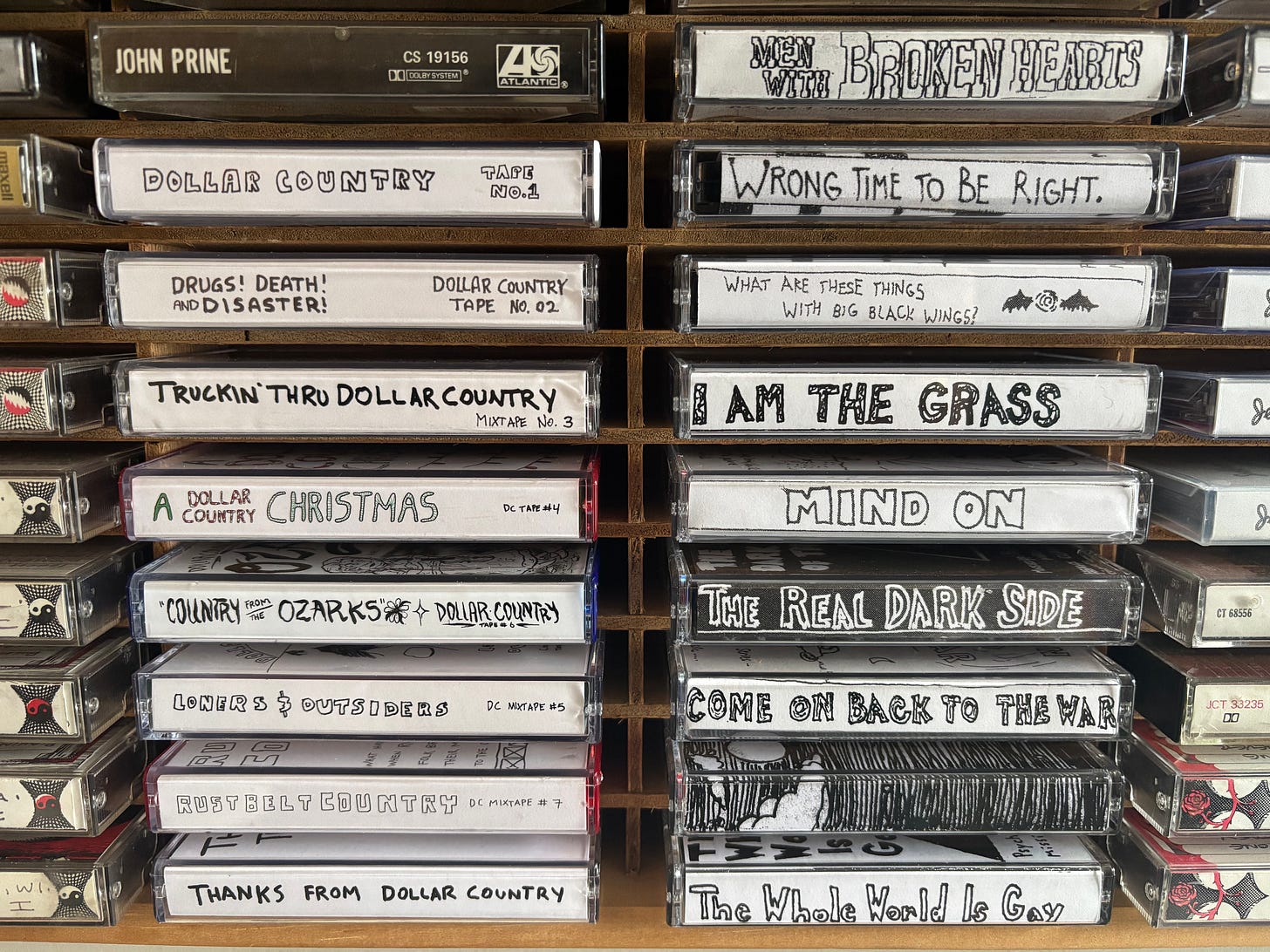
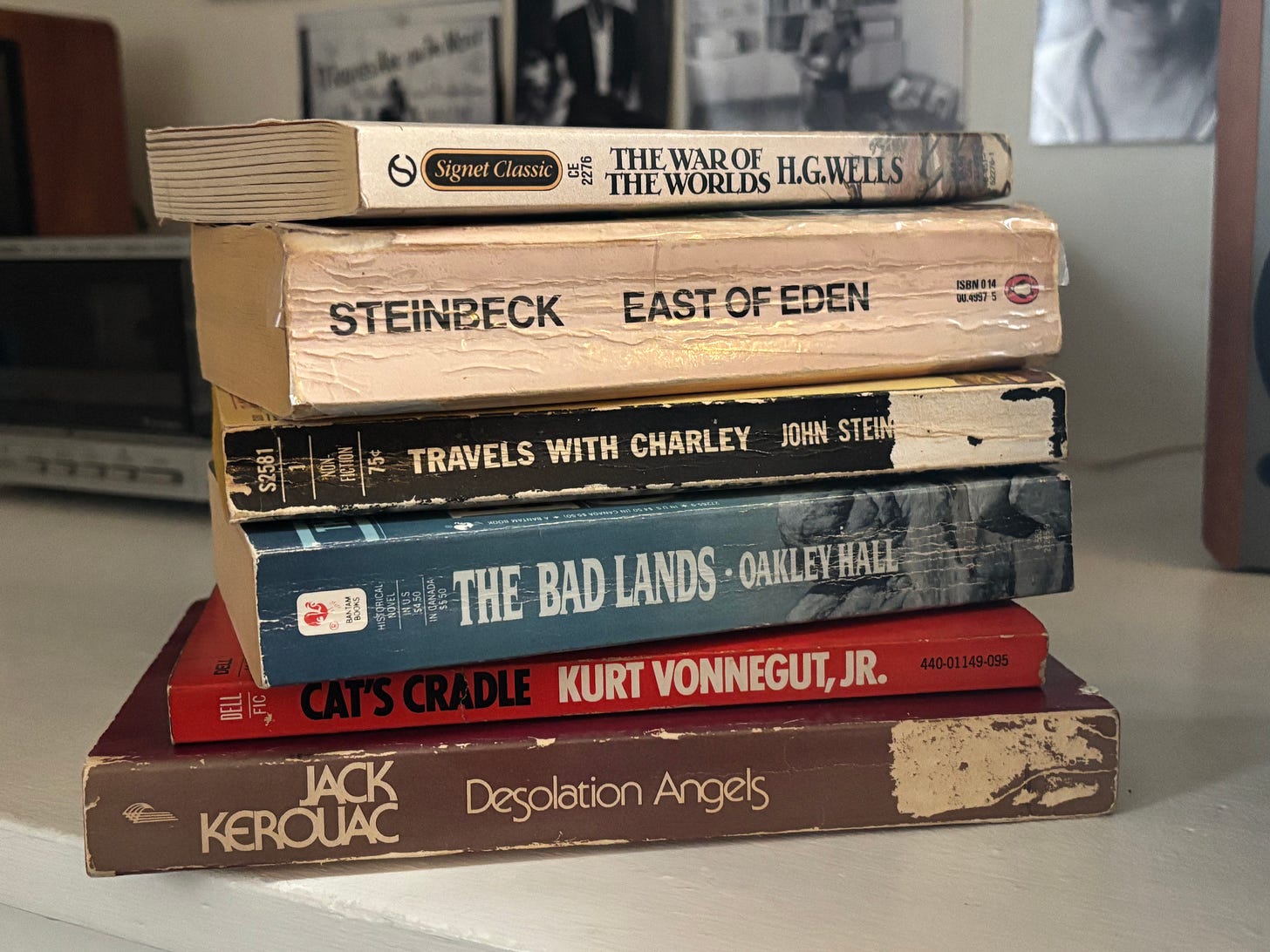
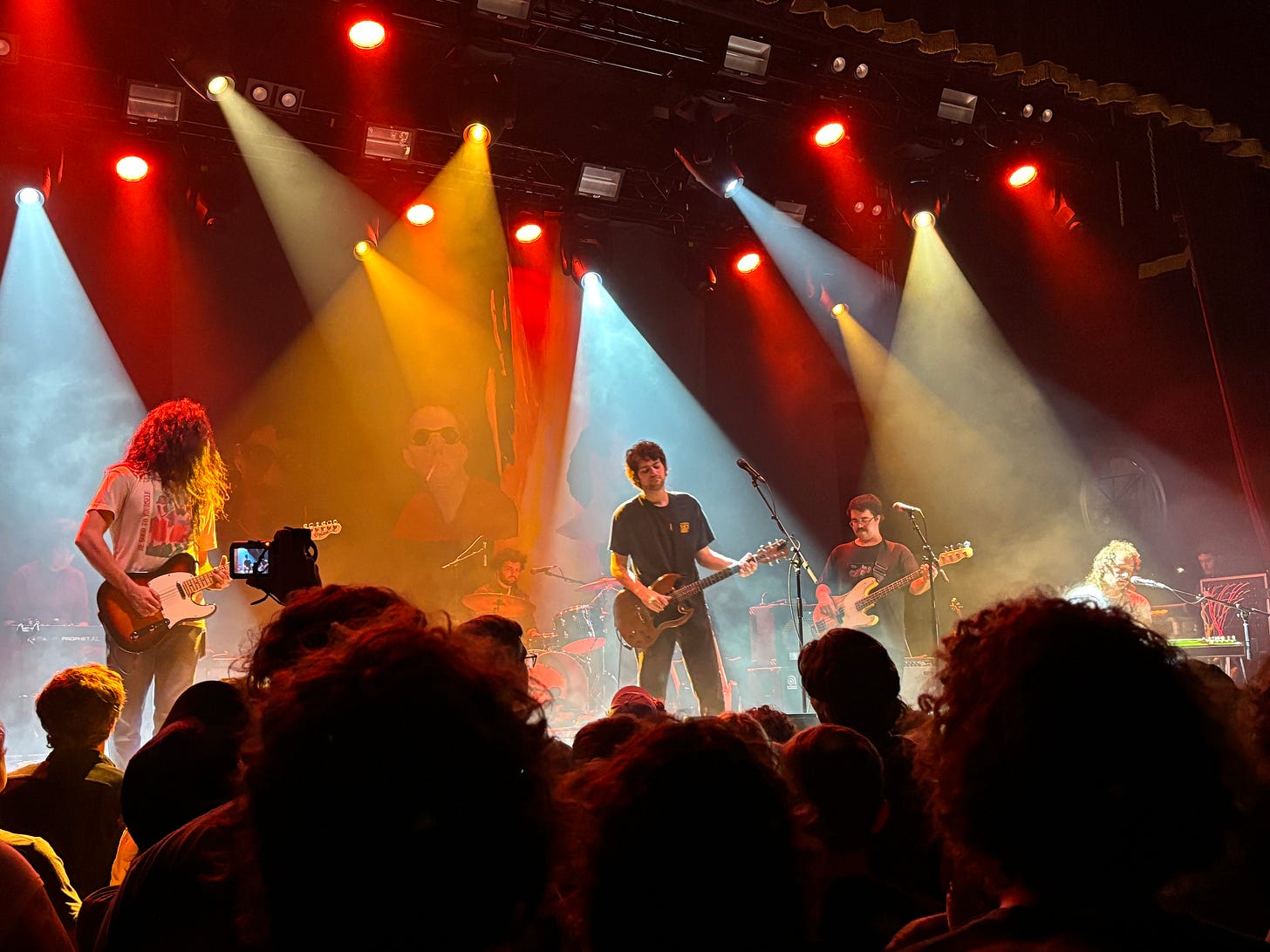
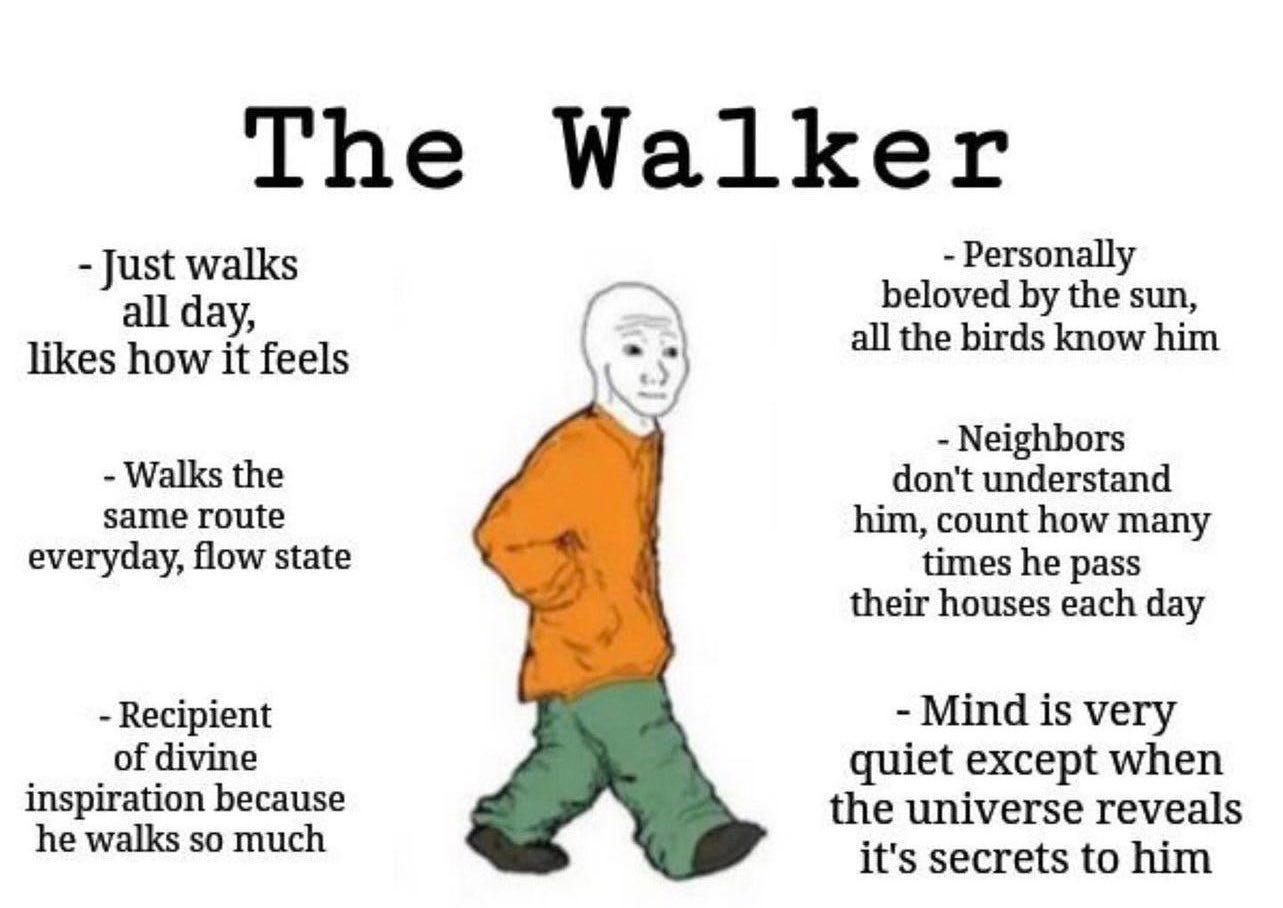
This fella doesn’t miss